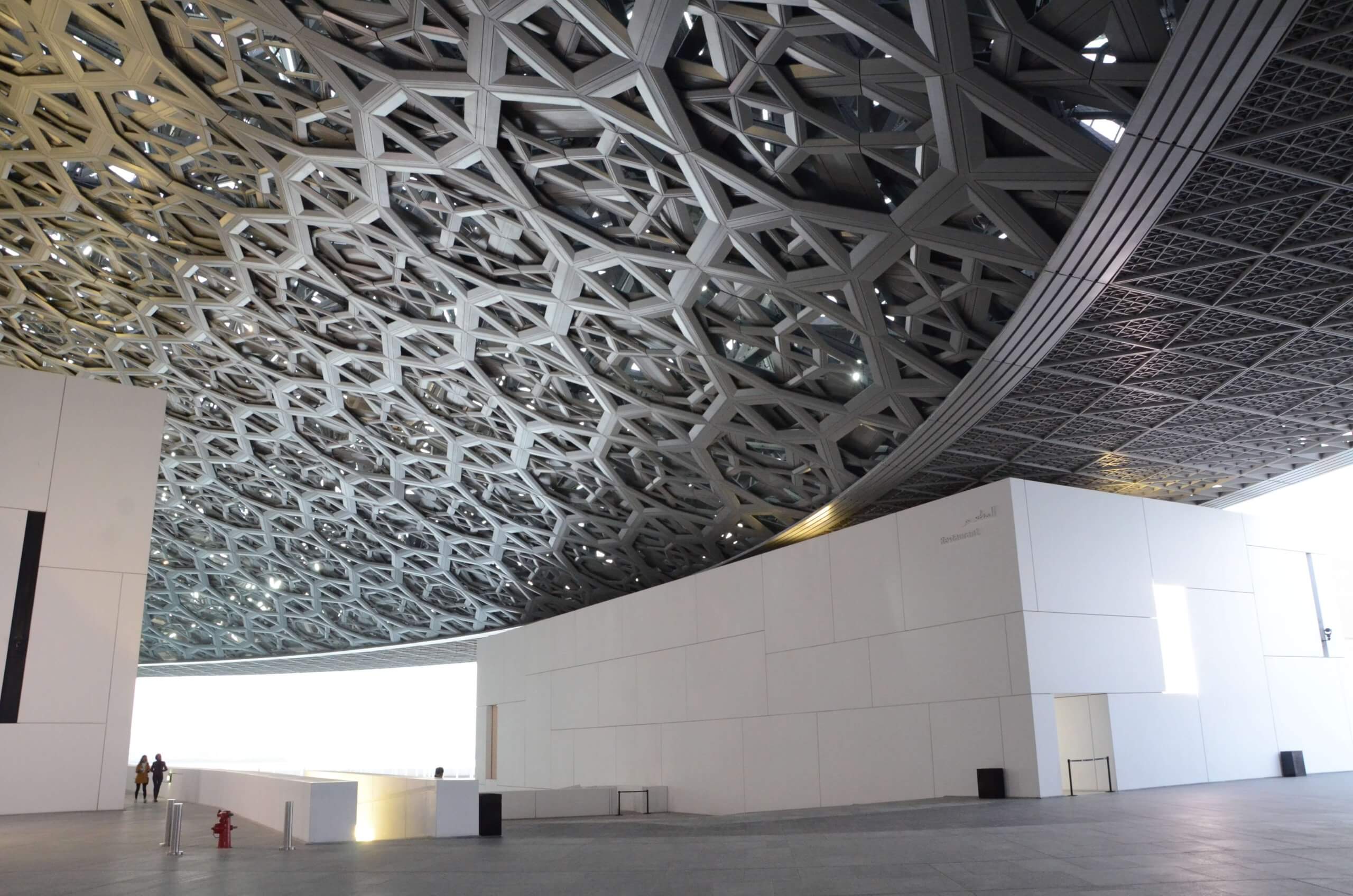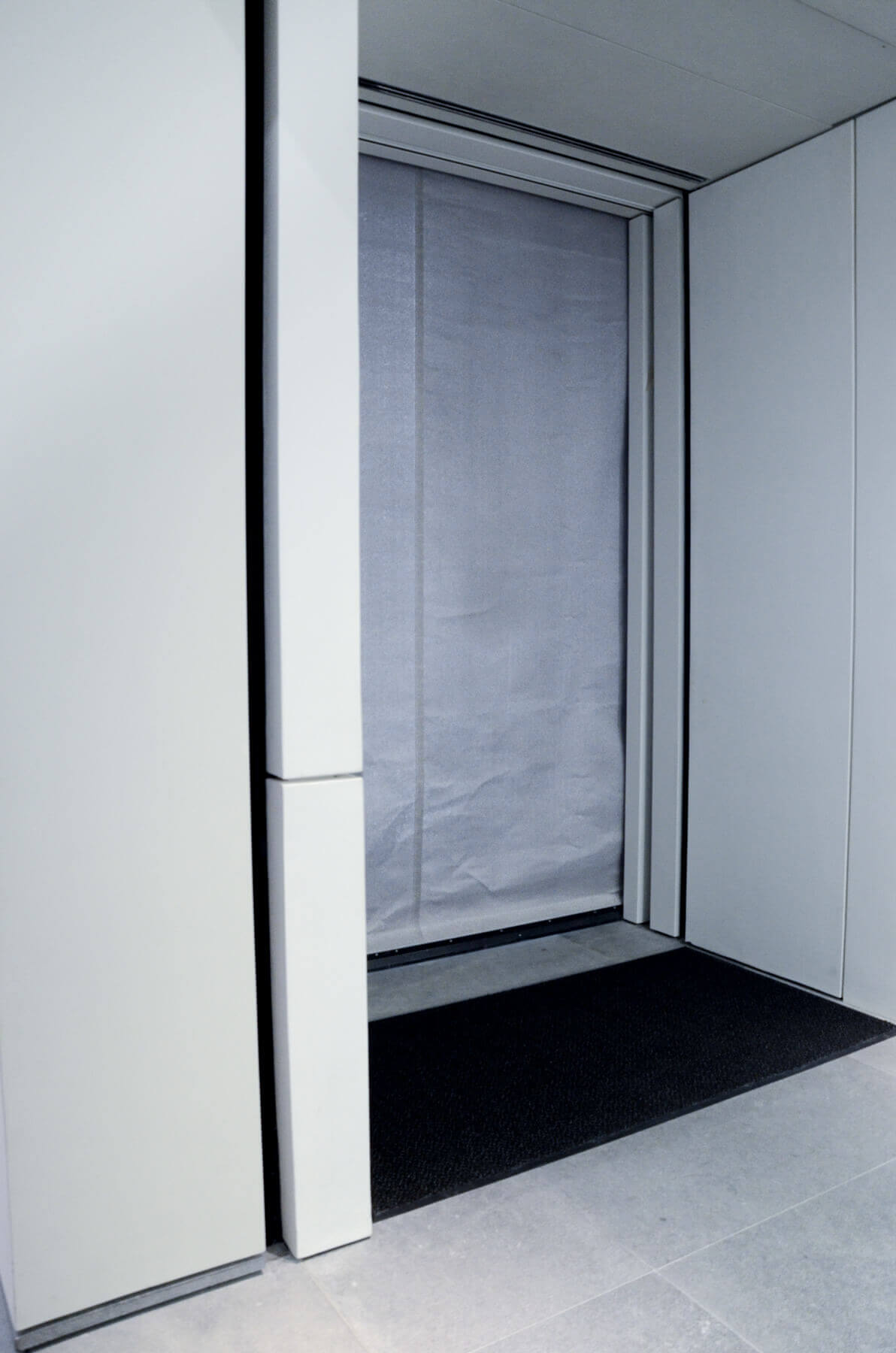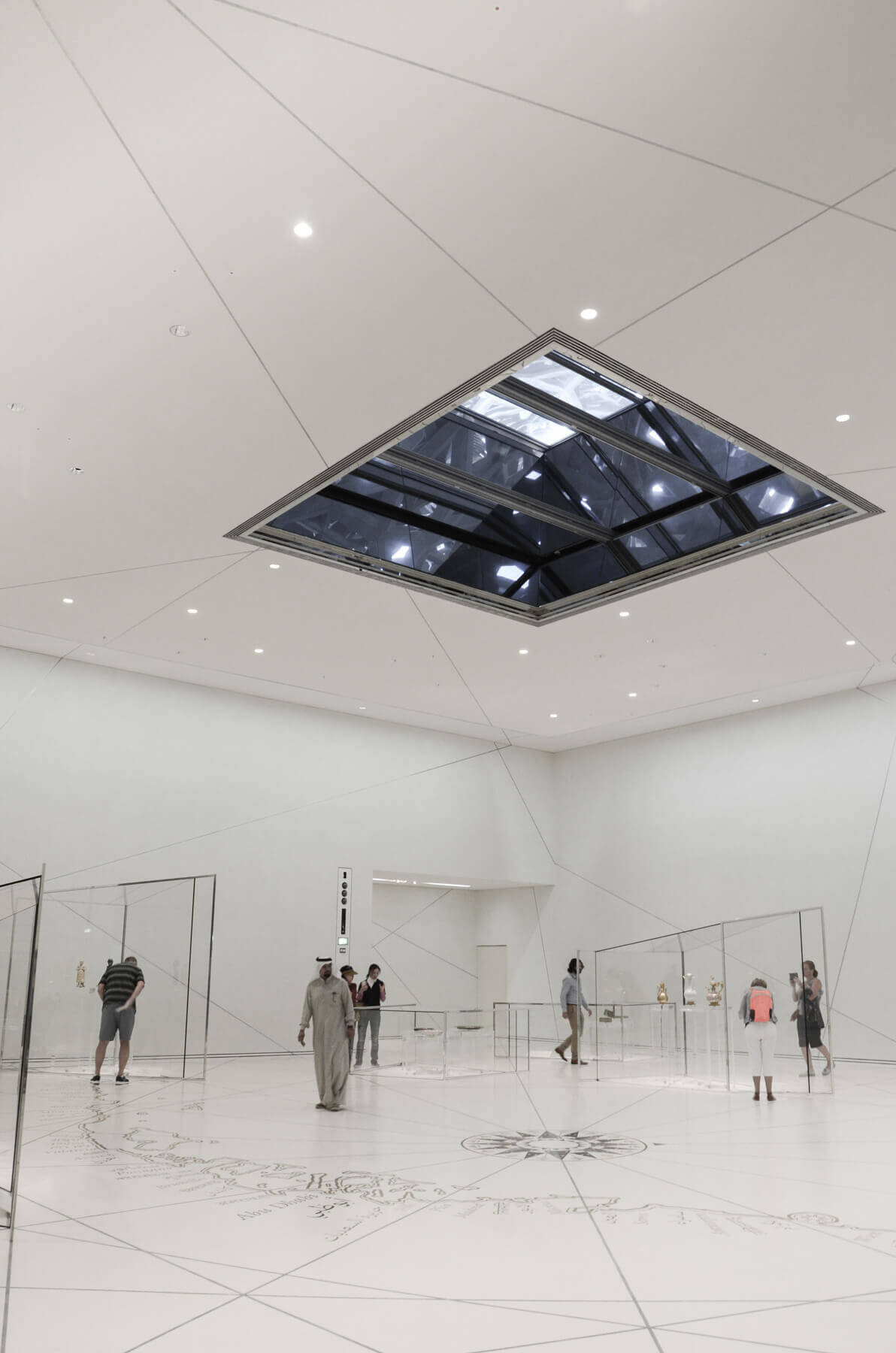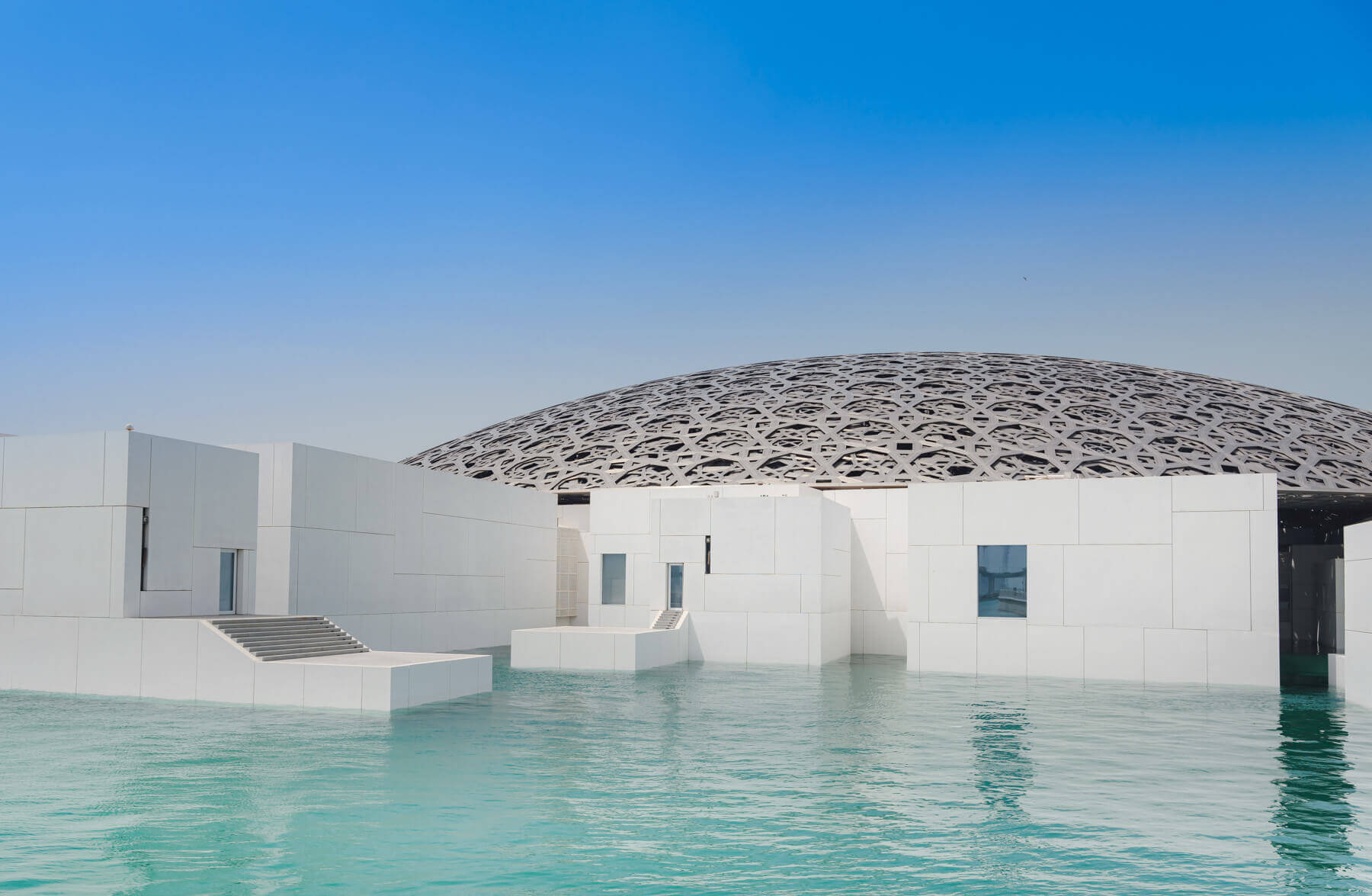What sets the Louvre Abu Dhabi’s architecture apart?
French architect Jean Nouvel, a celebrated Pritzker Prize winner, was inspired by the traditions of the UAE and his own experiences designing the Institut du Monde Arabe in Paris. As the Louvre is a globally recognised French institution, and with his previous connection to the Arab world, Jean Nouvel’s appointment to the project was a fitting choice.
The most striking element of the structure is the lattice dome – which from a distance appears chaotic, like smoke trapped under a glass. Beneath the dome lies a complex arrangement of layers, each featuring a repeating geometric pattern. The overlapping of these layers creates a sophisticated web that allows narrow beams of light to filter through. This design imitates the experience of walking under a forest canopy or the shade of Abu Dhabi’s date palms. It also helps keep the interior cool and comfortable for visitors while maintaining the right temperatures to preserve the artworks. The water surrounding and within the structure further plays with light, reflecting the rays that shine through the lattice dome.
Read the full case study
What makes the Louvre Abu Dhabi’s architectural design unique?
Under the dome is an array of 55 distinct buildings, connected by walkways and surrounded by water. This architectural structure appears to float on the sea and is accessible from both land and water.
Visitors can explore this mini city, which includes art galleries displaying both loaned and owned works, as well as dining options and other exhibitions. The galleries are equipped with climate control systems to regulate humidity and temperature. The task of keeping cool air inside while blocking out sand and intense sunlight was a significant engineering feat, further challenged by the marine environment’s corrosive effects. Despite these hurdles, BuroHappold Engineering delivered the vision of this remarkable structure without sacrificing its beauty.
What challenges did Louvre Abu Dhabi face with fire protection?
One of the most difficult areas to manage in this project was arguably the most important: fire safety.
Fire in an art gallery represents a danger to life, as well as to countless culturally and historically significant works. The preservation of human life will always be the number one priority of any fire safety strategy – but here, an extra element of precious cargo is added.
The initial challenge was managing fire protection systems, as traditional sprinklers and inert gas systems could endanger priceless artworks. UAE building regulations require that specific areas be equipped with fire suppression systems for public safety. To address this, the engineering team decided to design each of the 23 gallery buildings as a separate fire compartment, ensuring they are isolated from the rest of the structure.
By using vertical fire curtains and fire shutters, each gallery space is compartmentalised in the event of fire. With a sophisticated, bespoke smoke ventilation and airflow system, artwork can be protected from heat, smoke and flames – all while remaining compliant to building regulations.
This ingenious solution allows a seamless experience, while maintaining the safety of both visitors and artworks.
Fire Safety Specialists
At Coopers Fire, we are committed to advancing the development of fire curtains and fire protection solutions, enhancing building safety without compromising on design. For more information or to register for one of our CPD seminars, please call us at 02392 454 405 or email info@coopersfire.com





